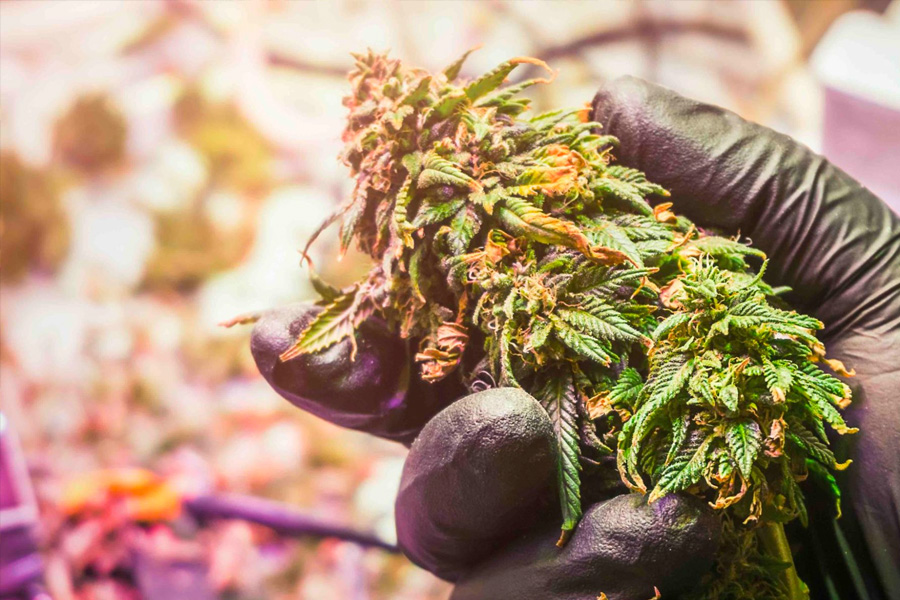Are Gnats Harmful to Plants? What Every Gardener Should Know
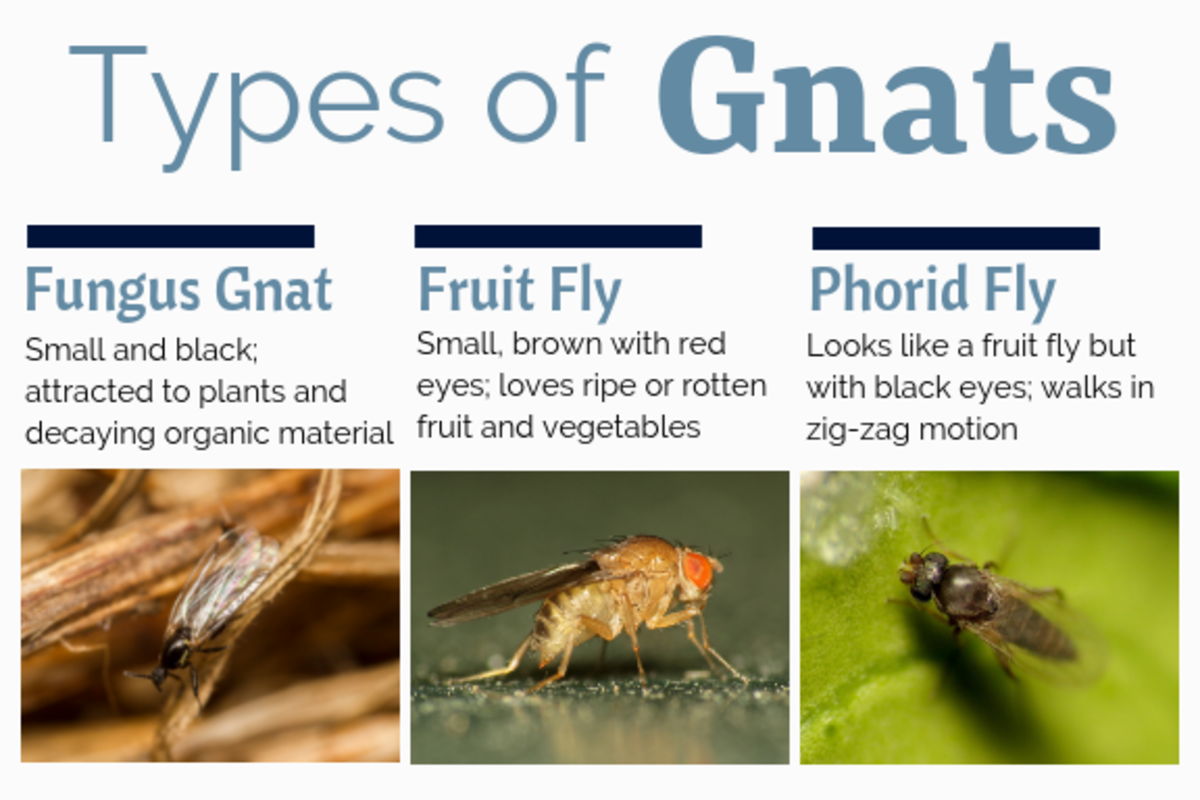
Let’s clear up the gnat panic once and for all—without a chemistry set or a horticulture degree. Every plant lover eventually meets those tiny, hovering bugs flitting around the soil. I’ve had people send me blurry photos at midnight (“Are these gnats killing my monstera?”) and I get it—a pest invasion feels like a personal failure. But here’s what most expert sources skip: you can outsmart fungus gnats with less fuss than you think.
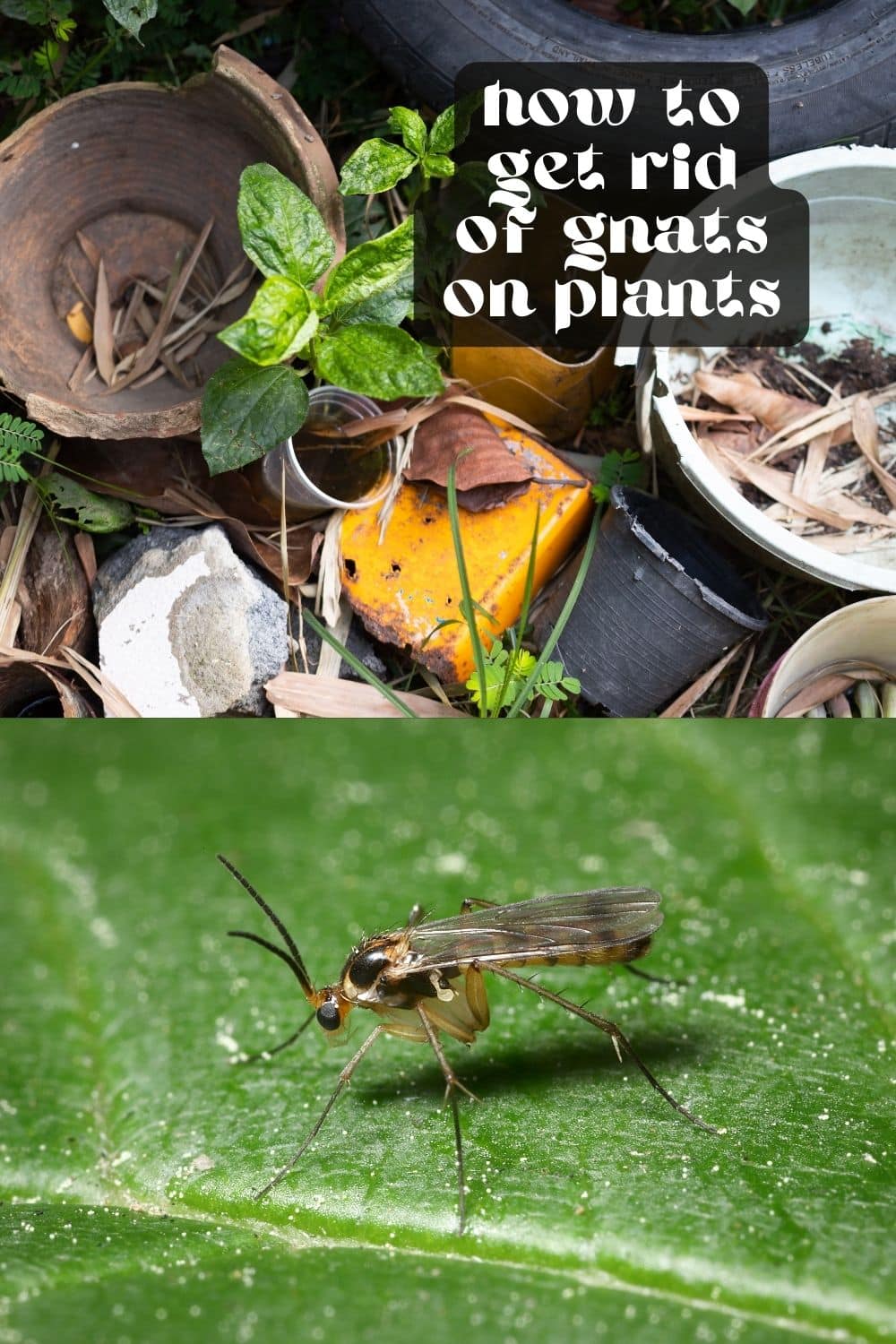
First, Don’t Treat Every Gnat Like an Emergency
You’ll often hear advice that makes fungus gnats sound like botanical doom. Truth is, unless you’ve got seedling trays or very sick plants, a few adult gnats are mostly just annoying. The real troublemakers? Their larvae, hidden in damp soil, chewing on roots if you roll out the red carpet (read: never let your pots dry out).
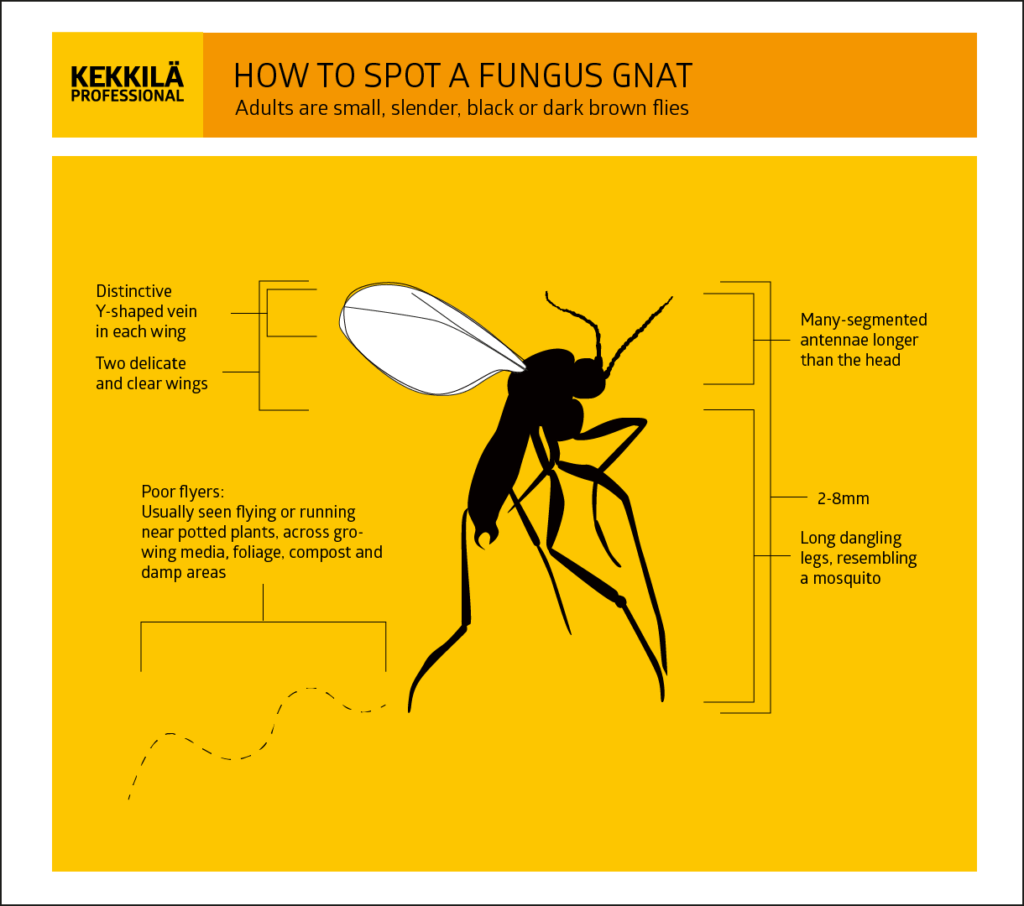
Back in 2019, after drowning some poor pothos with kindness, I learned this firsthand—the adults were everywhere but the actual plant damage came from soggy conditions inviting larval overpopulation under the surface.
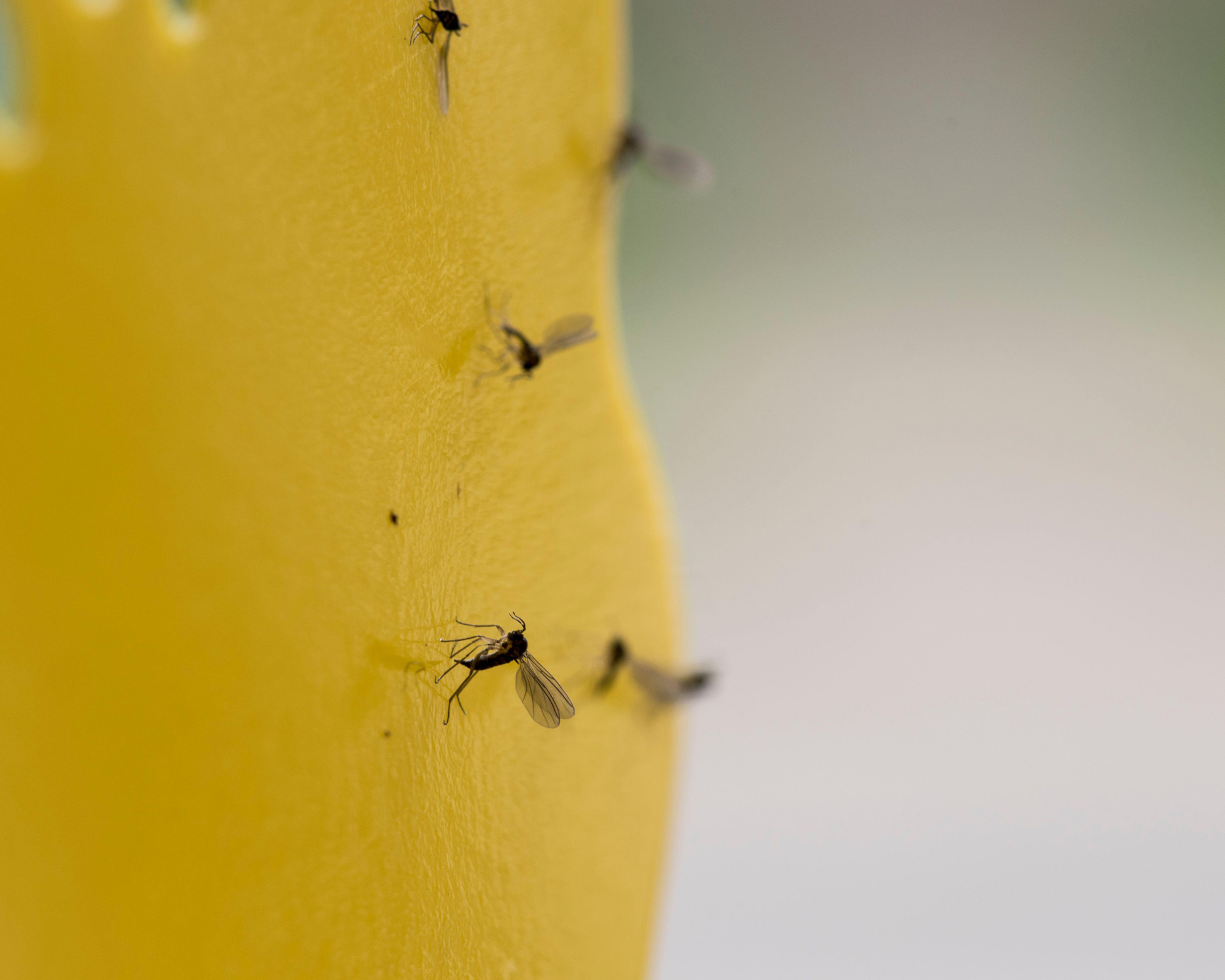
Skip the Overkill: The Simplest Fixes Usually Win
When experts prescribe sticky traps plus soil drenches plus five-step integrated pest management routines for casual houseplants…it’s overkill for most folks. In my experience, three basics matter more than any shopping list:
-
Let Soil Actually Dry Out
Most indoor gnats only show up when pots stay too wet for too long. For months I’d “water on schedule” instead of by feel—and kept breeding gnats in my own kitchen window! Now? I stick a finger in the top inch of soil; if it’s damp, watering waits another day or two. That alone cut my gnat sightings by 80% within ten days.
-
Use Sticky Traps—But Don’t Rely on Them Alone
Those yellow sticky cards (I use Safer Brand ones—$6 for a pack of 7 online) are helpful not because they eliminate every adult gnat but because they show you what’s really happening. If I see fewer caught each morning, things are improving; if they’re still packed after three days, time to double-check soil moisture or try step three.
-
Remove Decaying Debris Promptly
Gnats love rotting leaves even more than fresh potting mix. Every Sunday now, part of my coffee ritual is sweeping dead bits off pot surfaces and into the compost—it literally takes two minutes per shelf.

Save Special Moves for Persistent Cases
Most people never need to go further—but if you do see yellowing leaves and seedlings drooping despite drier soil? That’s when to consider an affordable biological boost:
- Beneficial Nematodes (“Steinernema feltiae”)—sound fancy but applying them takes less time than making toast.
- Or a one-off hydrogen peroxide drench (¼ cup 3% peroxide to one cup water), which fizzes away larvae painlessly—I always test on one plant first since some sensitive species dislike surprises.
Real-Life Stories Beat Lab Manuals
In my home office last spring—a space with eight leafy pots and no direct sun—I ignored a couple of flying gnats thinking I’d “deal with it later.” By week two? Half my sticky trap was covered and new growth on my pilea slowed way down. My fix wasn’t complicated: missed three scheduled waterings (pots dried through), swapped out two handfuls of old soggy mix for fresh coir-based soil (less likely to compact), and topped everything lightly with aquarium gravel ($2 bag from PetSmart). Within ten days—even before adding nematodes as backup—adult gnats plummeted from dozens to just one or two stragglers.
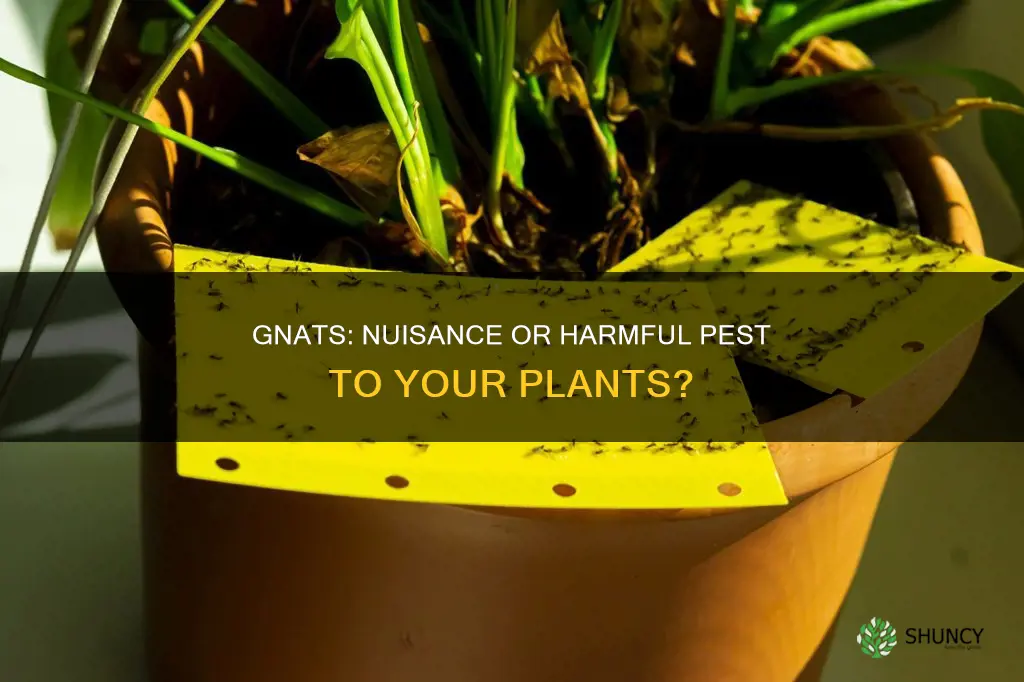
Another friend swore by bottom-watering her African violets instead of pouring onto the topsoil; she hasn’t seen fungus gnats since last summer.
Why This Works: It’s About Habitat, Not Just Bugs
Fungus gnat infestations aren’t really about “bad luck”—they’re about environment. Moisture + organic matter = invitation for breeding. When you interrupt that cycle by letting things dry out regularly (and keeping debris down), their numbers can’t explode no matter how many “secret” controls you try.
If You’re Stuck: Tackle These Mistakes First
- Still seeing daily swarms? Your soil might be compacted or poorly draining—time to repot into something chunkier.
- Seedlings repeatedly toppling over? Try skipping peat-heavy mixes and use fine sand as a barrier layer.
- Do sticky traps fill up instantly but returns keep happening? Combine drier watering habits and beneficial nematodes—the double whammy shuts down both adults and larvae.
And remember: perfection isn’t required here! Even in professional greenhouses there are always stray flies; total elimination isn’t necessary to protect healthy plants.
Quick Action Plan (No Overthinking Needed)
- Poke your finger into every pot before watering—skip watering if it feels moist.
- Stick yellow traps beside suspect pots.
- Sweep off dead leaves whenever you notice them.
- If pests persist after two weeks—try nematodes once or swap your wettest potting mix out.
- Keep calm—minor sightings are normal; massive die-offs almost never happen unless neglect stretches on for months.
Every so-called “plant fail” is actually just feedback about your setup—not about your skills as a grower! Fungus gnats only win if we hand them perpetual dampness…and that fix is free.
So next time someone tells you only specialty products will save their fig tree from mini flies? Tell them this: let it dry out, clean up messes fast, add a sticky trap—and call it good until proven otherwise. Simplicity beats complexity every single season in my windowsill jungle—and it’ll work just as well for yours too.



